Being able to plan maintenance and servicing in advance, improve service and reduce costs – that is the future of car repair shops. What this can look like in concrete terms when different Gaia-X data spaces such as Gaia-X 4 Future Mobility and Car Repair 4.0 combine their technology for the benefit of customers and service points – and what role compute-to-data, secure AI and Gaia-X mobility data spaces play in this.
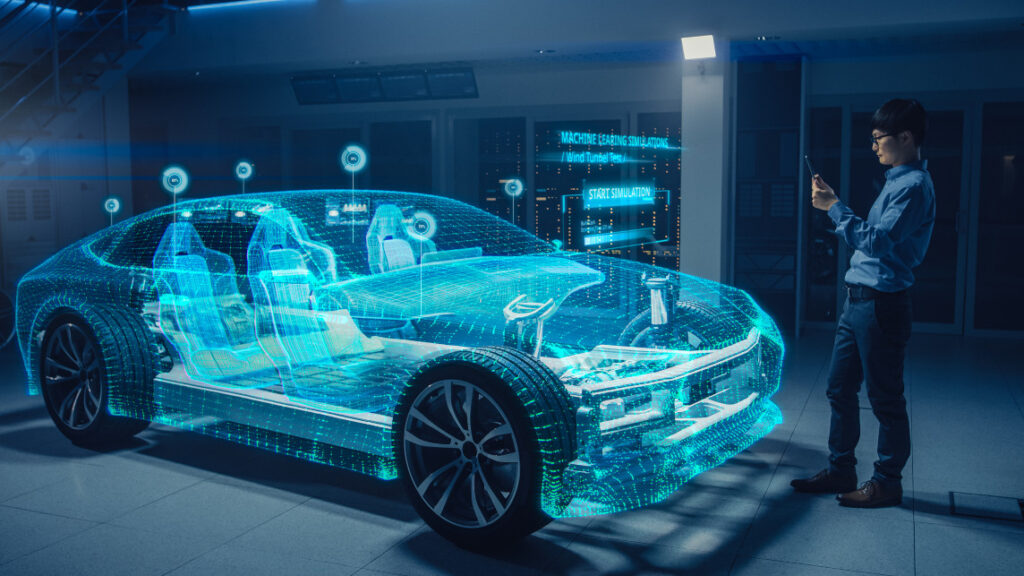
By Kai Meinke, Co-Founder and Business Lead at deltaDAO AG, and Ralf Schädel, IT Editor and speaker at Cloud Services and Gaia-X of eco – Association of the Internet industry
One data ecosystem, two use cases, countless similarities. The use cases Gaia-X 4 Future Mobility moveID and Car Repair 4.0 are both concerned with data collection in the mobility industry and offer companies and end consumers enormous benefits in digital value creation through newly developed products and services. Reasons enough to join forces to show what is possible in a specially developed case.
In the Gaia-X flagship project Gaia-X 4 Future Mobility moveID, deltaDAO AG has demonstrated how new ways of digital value creation can be transferred into scalable products, with the “Vehicle Data Collection Demonstrator”. For this purpose, the engineers implemented Compute-to-Data in an e-vehicle. This means that the vehicle collects sensor and image data, which are accessible for use via decentralised marketplaces. Upon request, an algorithm can then process the data locally without any data leaving the vehicle. Subsequently, only the information agreed with the contractual partners is shared and the raw data remains with the provider.
The following ten steps explain the synergies offered by data acquisition with a built-in camera and an oscilloscope for error diagnosis – as in the case of Car Repair 4.0.
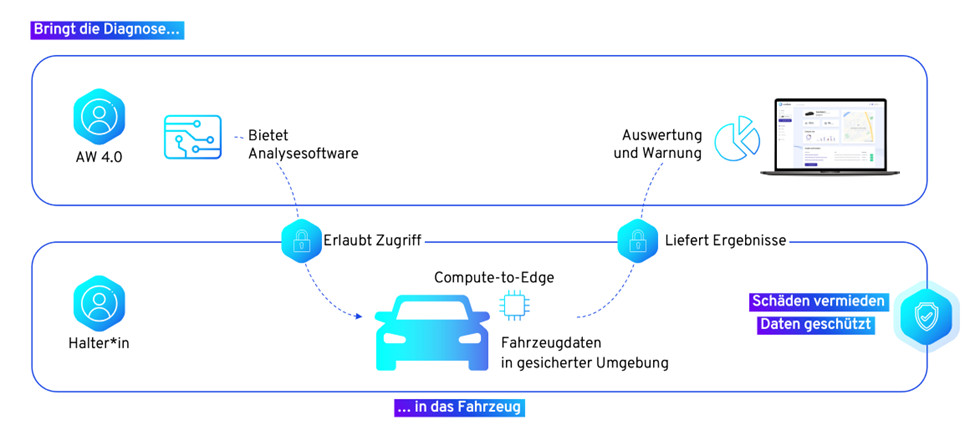
Step 1: Setting up the Compute-to-Edge function in the vehicle
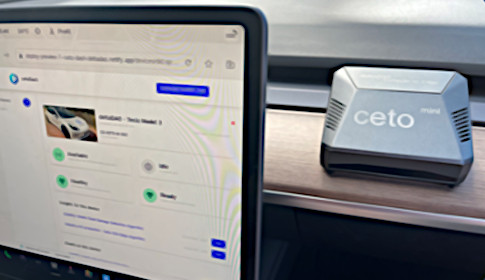
The car repair shop sets up the compute-to-edge hardware to enable regular routine checks of vehicle data. Car owners determine the frequency of the checks. The edge device “ceto” ensures a secure processing environment. In coordination with the authorised car repair shop, tested and certified data is released for use in the vehicle. The release is controlled solely by the vehicle owner. The data is processed exclusively in the vehicle, so that no data has to leave the vehicle. Deviations from normal values are detected and reported.
Step 2: Regular check
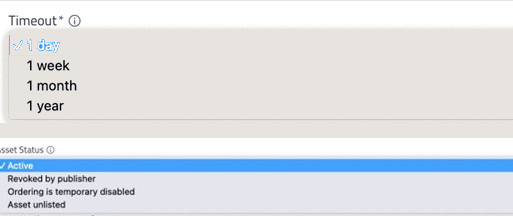
In coordination with the authorised workshop, tested and certified data is released for use in the vehicle. The release is controlled solely by the vehicle owner. The data is processed exclusively in the vehicle, so that no data has to leave the vehicle. Deviations from normal values are detected and reported.
Step 3: Identification of a problem

If a discrepancy is detected – usually before any damage occurs – vehicle owners can inform the authorised repairer and arrange an appointment, carry out an advanced remote check with approval for the repairer, if necessary, and provide the results in advance. This is usually done by email or phone. More secure digital identities also allow vehicle owners temporary remote access, mind you, only to the diagnostic unit and not to the vehicle.
Step 4: Making an appointment
If the problem suggests possible damage in the near future, a repair appointment can be made with the car repair shop immediately and a specific examination can be arranged.
Step 5: Access to vehicle data
To be able to investigate the problem in more detail, the car repair shop needs access to the vehicle’s data. The vehicle owner allows this on site at the car repair shop by approving the car repair shop’s inspection algorithm. The authorisation is only valid for this car repair shop and only for a limited period of time. It is done directly from the mobile device or from the vehicle.
Step 6: Carry out diagnostic procedures
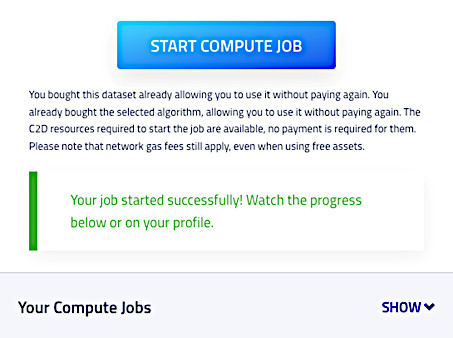
The car repair shop now carries out further diagnostic procedures based on specialised analysis programmes in order to precisely identify the problem. In the process, as before, every data access is precisely recorded and documented so that the customer is informed transparently at all times and correct billing can be made to the software providers.
Step 7: Consultation on possible solutions
After identifying the problem, the car repair shop advises the vehicle owner on possible repair solutions. A cost estimate is automatically generated.
Step 8: Carry out maintenance
If the vehicle owner has agreed to the repair suggestions and the resulting costs, the car repair shop can get to the bottom of the problem in a timely and targeted manner. This gives the car repair shop operator planning security and efficiency for maintenance orders.
Step 9: Checking the repair
After maintenance, the vehicle is checked again to ensure that the problem has been solved. At this point, the vehicle’s data is re-evaluated and, after the check has been carried out, the rights to access the data are withdrawn again and routine operation is resumed. The car repair shop informs the vehicle owner about the repair carried out and, if necessary, gives recommendations on how to avoid similar problems in the future.
Step 10: Success
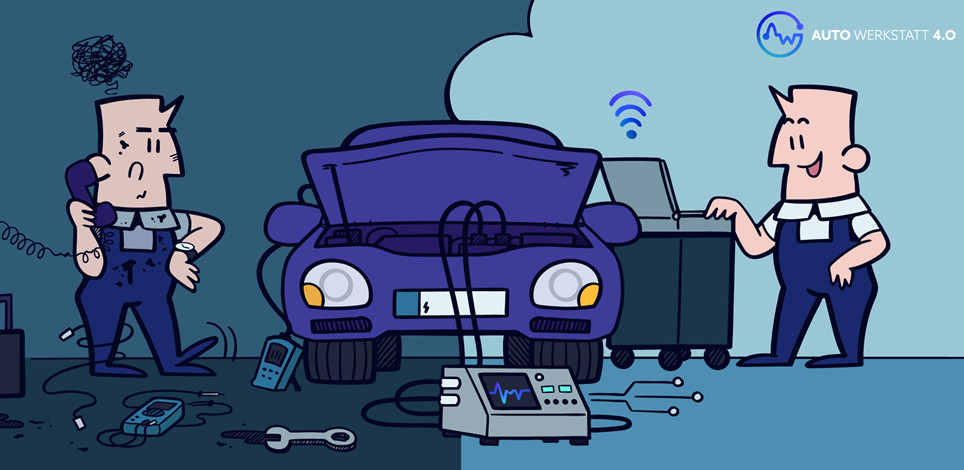
The car repair shop of the future is already a reality today – this was demonstrated by Gaia-X 4 Future Mobility moveID and Car Repair 4.0 in their joint use case. Through the implementation of Compute-to-Edge and the secure connection to the Gaia-X data spaces, customers not only retain sovereignty over their data, but can also use predictive maintenance to prevent vehicle damage, avoid downtime and reduce costs.
Car repair shops benefit from the use of digital technologies through lean maintenance and communication processes, improved and targeted troubleshooting – and, thus, satisfied customers. In the digital business model, the providers of the special software are paid “on-demand”, i.e., promptly and on order, for the use of their software – so that everyone enjoys the benefits of a digital value chain.
Did you like this article? Then subscribe to our newsletter and receive regular updates on similar topics and on the Car Repair 4.0 project and discuss this and similar exciting topics with us on LinkedIn.
